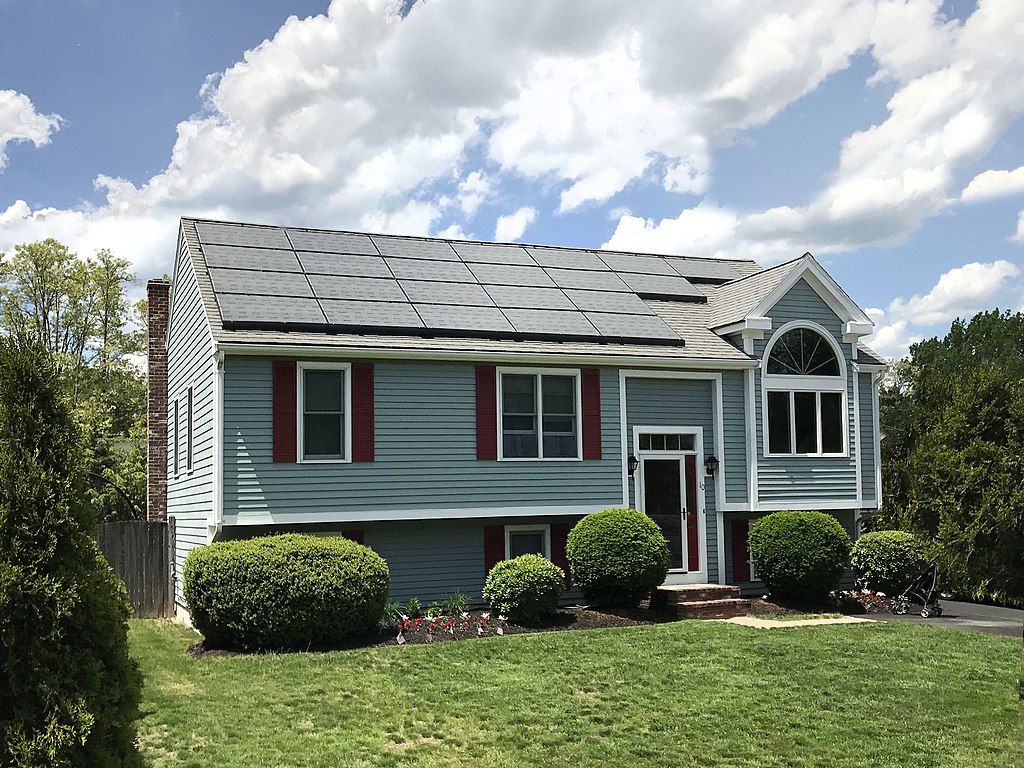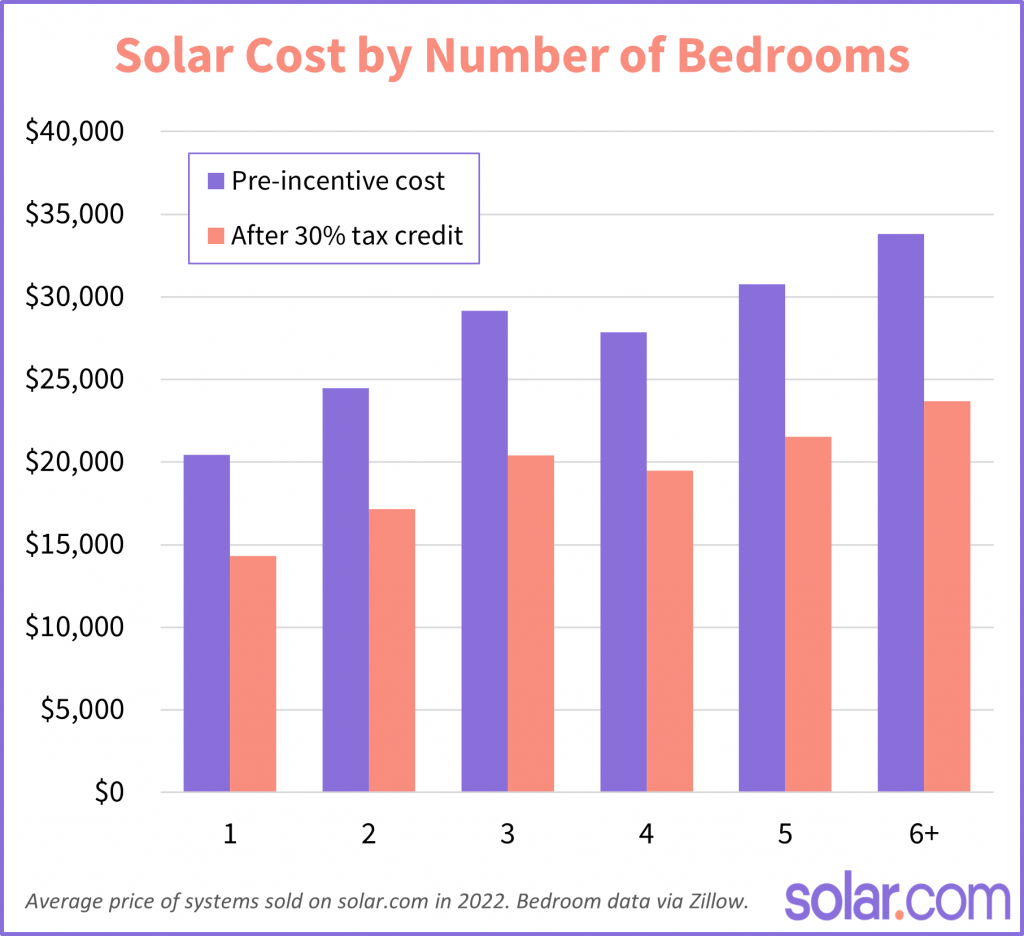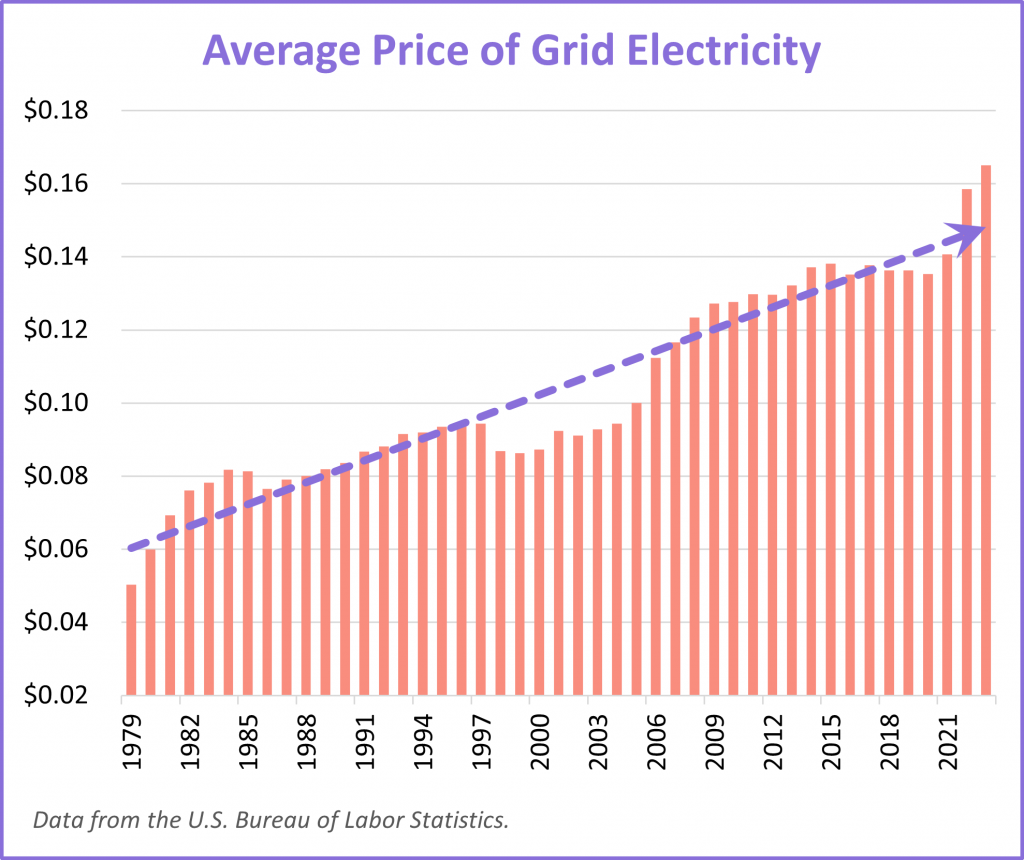
Solar panels are often billed as a way to save the planet, but they’re also a great way to save money on essential energy costs.
In this article, we’ll explore how much solar panels cost based on the number of bedrooms in a house and how you can save money by powering major appliances like air conditioning with solar panels.
First, it’s important to note that every house and solar system is unique, and the prices mentioned in this article are for example purposes only.
What is the cost of solar for a 3 bedroom house?
The average cost of solar panels for a three bedroom house is just over $20,000 after claiming the 30% solar tax credit. However, the size and cost of a solar system depends more on your electricity consumption than the number of bedrooms in your house, and can be substantially impacted by large electrical loads like air conditioning and EV charging. In fact, the pre-incentive cost of solar systems installed on three bedroom homes ranged from $9,720 to over $50,000 in 2022, according to data from solar.com.
The average pre-incentive cost of solar panels for a two bedroom house is around $24,500, or $17,150 after claiming the solar tax credit.
While the number of bedrooms can give you a loose sense of how much a solar system will cost, it’s typically not a direct factor in sizing or pricing.
For example, in the graph below there’s a general trend of solar costs rising with the number of bedrooms. However, there’s an anomaly with the cost of solar for four-bedroom houses being lower than three-bedroom houses.

That’s because sizing and pricing a solar system depends far more on your electricity consumption, sun exposure, available incentives, and energy goals.
For example, a three-bedroom home with two EVs and all-electric appliances would likely need a larger and more expensive system than a four-bedroom home with gas and appliances.
Square footage of living space or number of bedrooms in your home can give you a rough idea of what solar may cost, but the actual price can vary based on many factors.
Can solar power run an air conditioner?
Yes, home solar systems can provide and/or offset the electricity it takes to run an air conditioner.
During peak solar production hours (late morning to early afternoon), solar panels can provide enough electricity to directly power an AC unit. When solar production is down (at night and on cloudy days) you can pull electricity from the grid to power the AC.
Solar systems are typically sized to offset 100% of your average annual electricity consumption. So, even if you have to pull electricity from the grid to power your AC at times, you can offset it by pushing excess solar electricity onto the grid at other times.
It’s worth noting that solar-only systems are typically shut off by your utility provider during power outages. This is a safety feature to prevent excess electricity from harming the technicians repairing the grid.
Solar systems paired with battery storage remain on activated during power outages, but typically can’t power air conditioning for extended periods of time.
Do solar panels actually save you money?
Yes, people across the US save money with home solar systems. At its most basic level, installing solar panels is like buying 25 years worth of electricity in bulk and at a much lower price per unit.
For reference, the average cost of electricity nationwide was 16.5 cents per kilowatt-hour (kWh) in April 2023 and over 20 cents per kWh in New York City, Boston, and many parts of California. But with a home solar system, the average cost per kilowatt-hour of electricity is typically around 7 cents per kilowatt hour.
Another way to look at solar is as a hedge against energy inflation. The price of electricity typically rises 2-5% per year, depending on your location. With home solar, you set a flat rate for electricity while people that don’t buy solar panels are at the mercy of utility providers and geopolitics.
To put this in perspective, the average cost per kWh for home solar today is comparable to the average cost of grid electricity 40 years ago.
The bottom line
Based on thousands of systems purchased on solar.com in 2022, the average cost of solar panels for a three bedroom house is around $20,000 after claiming the 30% solar tax credit.
Many owners of three bedroom homes have kids, home offices, and other reasons to run air conditioning during the day. Solar panels can power AC units and/or offset the cost of using grid electricity when the sun goes down.
By offsetting your grid electricity consumption with less expensive electricity from a solar system, you can save money on your essential energy costs. The savings increase and accelerate over time as energy costs rise and your solar costs stay flat.
Design a custom solar system to see how much you could save.





